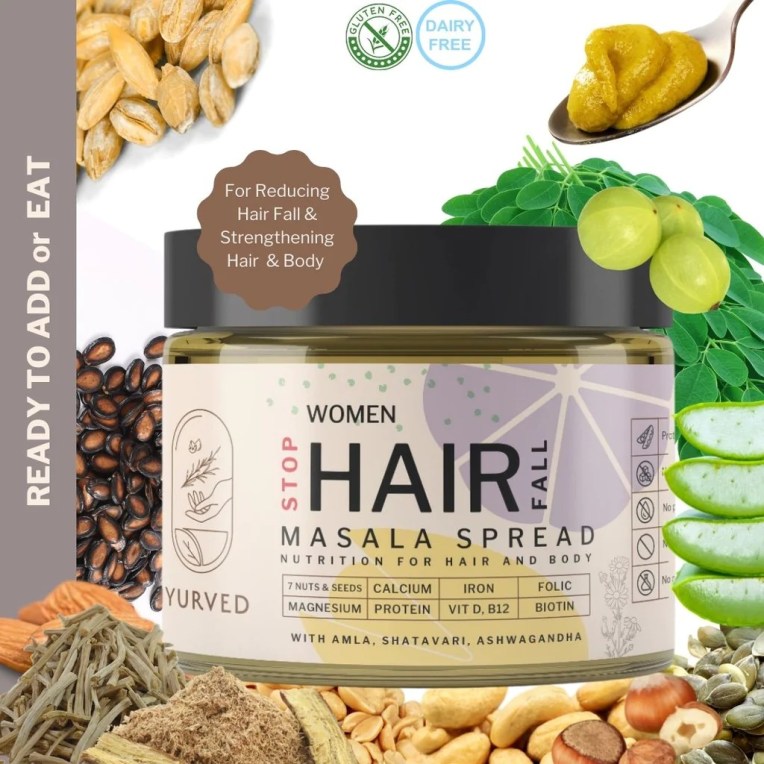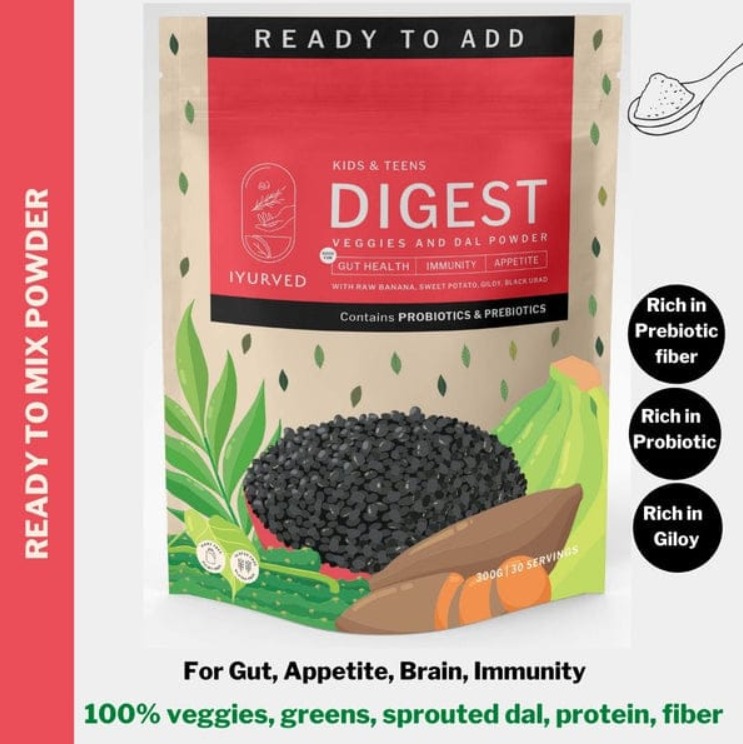Do you frequently have oily scalp after thoroughly washing it for a day or two? You are not, however, alone. A small amount of oil on the scalp is acceptable because it protects the hair. An abnormally oily scalp, on the other hand, can be a problem if it causes your hair to feel greasy! An oily scalp can cause scalp itching, dandruff, infection, hair loss, and other issues. Let’s learn more about the oily scalp causes, prevention, remedies for oily scalp and tips for hair care.
WHATSAPP for concerns like Speech Delay, Low Weight, Frequent Illness, Hyperactivity, Low Concentration, Weak Eyesight, Improper Sleep, Pigmentation, Pores, Face Marks, Fine Lines , Lactation etc.
What causes oily scalp?
Oily scalp can be caused by a variety of factors, including pollution and environmental factors.
Excess sebum production:
This is the root cause of oily scalp. Sebum is simply a protective oil that is secreted naturally to lubricate hair follicles and prevent moisture loss. Sebum overproduction can result in oily skin and other skin conditions such as dandruff.
Lack of personal hygiene:
This aggravates the situation. If you have a habit of not washing your hair for an extended period of time, using unwashed hair tools, and sleeping on dirty pillowcases and bed sheets, you may develop an oily scalp. It’s time to break the habit!
Stress:
You may not realise it, but stress causes your sebaceous glands to go into overdrive and produce more sebum (oil), resulting in an oily scalp. This states that stress and oily scalp go hand in hand!
Genetics:
Few factors are not in our control. This is one of them. The amount of oil produced by your glands and the thickness of your hair may be influenced by your genes. If someone in your close family has an abnormally oily scalp, there’s a good risk you’ll have it too.
Hormonal fluctuations:
Scientific research shows that hormonal changes can lead to oily scalp. When there are these sudden changes in the body, the body produces more testosterones thus, increasing the oily scalp.
Diet:
Diet has an impact on the scalp as much as the rest of the body. Consuming an unhealthy diet that is generally low in nutritional content deprives your hair of important nutrients, resulting in an oily scalp.
Read here: Foods and Tips to Reduce Oily skin
6 Home remedies for oily scalp:
Apart from trying different hair care products and switching from one to another, you can try these different home remedies for oily scalp, masks and tips for hair care. Here are some natural ways to keep the scalp oil in check:
1. Aloe vera:

This succulent is well-known for its numerous skin and hair benefits. Aloe vera aids in the detoxification, repair, and removal of impurities from the scalp. Furthermore, its nutrient-rich compounds aid in the reduction of excessive sebum production. Mix 3-4 spoons of aloe vera gel and add a few drops of lemon juice. Mix well and massage gently on the scalp. Let it rest for 15 minutes and rinse normally.
2. Apple cider vinegar (ACV):

ACV is well known for its anti-inflammatory and pH balancing properties It has the ability to reduce oil production and, as a result, dandruff. Mix 2-3 tbsp of ACV in 2 cups of water. Apply this to your scalp and let it rest for a few minutes. Rinse hair with cold water.
3. Egg yolk:

This remedy works like magic for an oily scalp. The sulphur and protein content in the yolk, apart from maintaining scalp pH and reducing sebum production, helps in providing strength to your hair. Mix 1 egg yolk, few drops of lemon and ½ tbsp coconut oil. Massage this mixture on the scalp and let it rest for 30 minutes. Wash normally.
4. Lemon juice:

Using this for hair care is not a new concept. Lemon juice is naturally acidic, which helps to keep the oiliness at bay. It also kills bacteria and keeps dandruff at bay. Massage the scalp with 4 tbsp lemon juice and a cup of water. After 10 minutes, wash as usual.
5. Baking soda:

This is an excellent remedy for oily skin as baking soda has incredible properties of exfoliation. It helps in removing oil, dirt, grime and other impurities from the scalp. Make a paste with baking soda and water. Apply on the roots and scalp. Let it rest for 15 minutes before washing thoroughly.
6. Fuller’s earth (Multani mitti):

This has been used for centuries to care for hair and skin. Multani mitti is extremely absorbent. It aids in the removal of excess oil from the scalp and inhibits the production of oil by overactive oil glands. Furthermore, this removes toxins from the scalp, promotes hair growth, and improves blood circulation. Mix Multani mitti with water to make a paste. Apply evenly to your scalp and wash after 20 minutes.
Oils for oily scalp:
Although it may appear counter-intuitive, there are some oils that can help with oily scalp. Essential oils (EO) are lighter than regular oils and can penetrate deep into your scalp. These are extremely effective for oily scalp because they control sebum production while also killing fungus and bacteria. Before using these oils, a patch test is required. EO should never be used in a direct manner. It is beneficial to combine it with a carrier oil such as coconut oil, olive oil, or almond oil. Massage this mixture into your scalp to reap the benefits. Sharing some essential oils:
1. Rosemary oil
2. Tea tree oil
3. Lavender oil
4. Jojoba oil
5. Lemon oil
6. Eucalyptus oil
Foods to consume to prevent oily scalp:
It’s obvious that what you eat reflects your skin and hair. This is one of the tips for hair care. Certain foods cause your scalp to produce more oil, while others have the opposite effect. Maintaining the health of your scalp is largely dependent on your nutrition. Sharing few remedies and foods below that helps in preventing oily scalp:
1. Probiotics – Read here to know the sources
2. Vitamin B rich foods – Read here to know the sources
3. Foods rich in zinc – Nuts, seeds, legumes, oats, seafood, dairy, eggs
4. Vitamin E rich foods – Nuts, Seeds, spinach, pumpkin, red bell pepper, avocado, mango. Kiwi
5. C vitamin rich foods – All citrus fruits, strawberries, plums, broccoli, peppers, brussels sprouts, guava, kale, lychee
OILY SCALP Tips for hair care:
1.Wash your hair twice a week
2. Use suitable hair care products
3. Use cold or slightly warm water to rinse your hair
4. Clean your hair care accessories (brush, scrunchies) regularly
5. Shampoo properly
6. Do not apply conditioner to the scalp
7. Stay away from heat tools
8. Reduce stress
PRODUCTS:
It’s no SECRET that following an Ayurvedic lifestyle has numerous advantages. This unique collection of Ayurvedic spreads is an easy solution to feed daily nutrition for Immunity, Eye, Brain development, Bone strength and overall growth to kids without any fuss. To know more about kid’s ayurvedic foods –SHOP HERE.

India’s First Tasty Kids Nutrition fortified with Ayurvedic herbs.
To Strengthen Hair & Body, give Women Stop Hair Fall Masala Spread | 0% Preservatives | 0% Refined Sugar | 0% Palm oil | With SHATAVARI, ASHWAGANDHA, AMLA, MORINGA, ALOE VERA | ORDER |
Immunity, Gut health, Digestion, Weight, Brain development, Speech delay, Epilepsy, Eye health, Hormones, Sleep, Hyperactivity, Bones and Overall growth


















